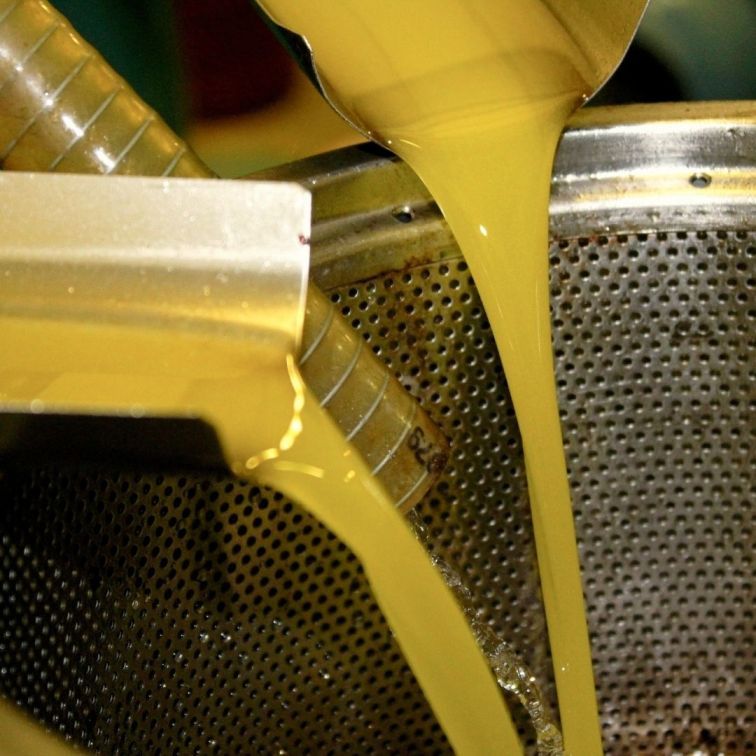Wood-pressed oil, often celebrated for its natural flavor and nutritional benefits, is extracted using traditional and modern methods. the history, techniques, and advantages of wood-pressed oil, helping you understand why it remains a valuable choice in both culinary and industrial applications.
What is Wood-Pressed Oil?
Wood-pressed oil refers to oil extracted from seeds, nuts, or fruits using a wood press, which involves applying pressure to crush the raw materials. Unlike refined oils, wood-pressed oil is extracted without the use of chemicals or high temperatures, preserving its natural flavor, aroma, and nutritional content. This method often results in a richer taste and more robust nutrient profile.
Benefits of Using Wood-Pressed Oil
Wood-pressed oils retain more of their natural nutrients compared to refined oils, including essential fatty acids, vitamins, and antioxidants. These oils are typically free from chemical residues and additives, making them a healthier choice for those seeking natural and unprocessed options. Additionally, the traditional extraction process is often more environmentally friendly, using fewer resources and generating less waste.
The Traditional Wood-Pressed Oil Extraction Process
Historical Background
Wood-pressing techniques have ancient origins, with historical evidence showing their use in various cultures around the world. The method evolved over centuries, adapting to technological advances while maintaining its core principles. Traditionally, wood presses were used to extract oils from seeds and nuts in small-scale, artisanal operations.
Equipment Used in Traditional Methods
Types of Wooden Presses
Traditional wood presses come in different designs, including simple manual presses and more complex mechanical presses. Manual presses, often consisting of a wooden frame with a hand-cranked screw, rely on human power to apply pressure. Mechanical presses, while still using wood, incorporate gears and levers to enhance efficiency.
Manual vs. Mechanical Presses
Manual presses are typically used for small batches and offer a more hands-on approach. They are simpler and more accessible but require more labor. Mechanical presses, on the other hand, are designed for larger volumes and can produce oil more quickly and efficiently. Both types of presses maintain the essential principles of wood-pressing but vary in scale and complexity.
Step-by-Step Extraction Process
Preparing the Raw Materials
The extraction process begins with the preparation of raw materials, which involves cleaning and sometimes roasting the seeds or nuts to enhance flavor and ease of pressing. Proper preparation is crucial to ensure the quality and efficiency of the extraction process.
The Pressing Process
Once prepared, the raw materials are placed into the press. In traditional wood presses, a screw or lever mechanism applies pressure to crush the seeds or nuts, releasing the oil. The pressure is applied gradually to ensure that the maximum amount of oil is extracted.
Collecting and Filtering the Oil
After pressing, the oil is collected and often filtered to remove any remaining solid particles. The filtration process ensures that the final product is smooth and free from impurities, making it suitable for various applications.
Modern Advances in Wood-Pressed Oil Extraction
Modern Equipment and Machinery
Advancements in technology have introduced more sophisticated wood-pressing equipment. Modern presses often feature enhanced materials and design improvements that increase efficiency and yield. These innovations include hydraulic systems and automated controls, which streamline the extraction process and improve consistency.
Improvements in Efficiency and Yield
Modern wood-pressing equipment is designed to optimize the extraction process, resulting in higher yields and reduced waste. Enhanced pressure application and better temperature control help maximize the amount of oil extracted while preserving its quality and nutritional value.
Comparison with Traditional Methods
Pros and Cons of Modern Techniques
Modern techniques offer several advantages over traditional methods, including increased efficiency, higher yield, and more precise control over the extraction process. However, they can also be more expensive and may require more maintenance. Traditional methods, while less efficient, are valued for their artisanal quality and simplicity.
Impact on Oil Quality and Nutritional Value
Both traditional and modern methods aim to preserve the natural qualities of wood-pressed oil. Modern techniques may enhance the efficiency of extraction, but they still focus on maintaining the oil’s nutritional profile and flavor. The choice between traditional and modern methods often depends on factors such as scale, budget, and desired product characteristics.
Benefits of Wood-Pressed Oil Extraction
Nutritional Advantages
Retention of Essential Nutrients
Wood-pressed oils retain a higher concentration of essential nutrients compared to refined oils. This includes beneficial fatty acids, vitamins, and antioxidants, which contribute to overall health. The gentle extraction process helps preserve these nutrients, making wood-pressed oils a nutritious addition to your diet.
Health Benefits Compared to Refined Oils
Wood-pressed oils are often considered healthier than refined oils due to their lack of chemical processing and higher nutrient content. They are typically free from harmful additives and contaminants, offering a more natural and wholesome option for cooking and consumption.
Environmental and Sustainability Aspects
Eco-Friendly Practices
The wood-pressing process is generally more environmentally friendly than industrial oil extraction methods. It uses fewer resources and generates less waste, making it a sustainable choice for oil production. Additionally, many traditional wood presses are made from sustainable materials, further reducing their environmental impact.
Reducing Waste and Resource Efficiency
Wood-pressed oil extraction minimizes waste by utilizing natural materials and byproducts effectively. The process also promotes resource efficiency, as the press itself can be made from recycled or renewable materials, contributing to a more sustainable production cycle.
Applications of Wood-Pressed Oil
Cooking and Flavoring
Wood-pressed oils are prized in culinary applications for their rich flavor and high nutritional value. They can be used in a variety of dishes, from salad dressings to sautés, enhancing the taste and health benefits of your meals.
Recipe Ideas Featuring Wood-Pressed Oil
Incorporate wood-pressed oil into recipes like roasted vegetables, homemade salad dressings, and flavorful marinades. Its unique flavor profile can elevate simple dishes, making them more enjoyable and nutritious.
Industrial and Cosmetic Applications
Uses in Skincare and Haircare Products
Wood-pressed oils are also used in skincare and haircare products due to their nourishing properties. They can be found in moisturizers, shampoos, and conditioners, offering benefits like hydration and improved skin texture.
Industrial Applications and Benefits
In industrial settings, wood-pressed oils are utilized in various applications, including lubricants and industrial machinery. Their natural composition makes them a preferable choice for certain applications where chemical additives are not desired.
How to Choose the Best Wood-Pressed Oil
Quality Indicators
When selecting wood-pressed oil, look for indicators of quality such as color, aroma, and clarity. High-quality oils should have a rich, natural color and a pleasant, fresh scent. Avoid oils that appear overly processed or have an off-putting odor.
Sourcing and Brand Recommendations
Choose reputable brands and sources that provide transparency about their production methods and sourcing. Look for certifications or quality assurances that guarantee the authenticity and purity of the oil.
Storage and Shelf Life
Proper Storage Techniques
To maintain the quality of wood-pressed oil, store it in a cool, dark place away from direct sunlight and heat. Use airtight containers to prevent oxidation and spoilage. Proper storage helps preserve the oil’s flavor and nutritional value over time.
Ensuring Longevity and Freshness
Check the expiration date on the oil and use it within the recommended timeframe to ensure freshness. Regularly inspect the oil for any signs of rancidity or off-flavors, which can indicate that it has gone bad.
Conclusion
Wood-pressed oil, with its rich history and modern innovations, offers a unique and valuable option for various applications. Whether you choose traditional or modern extraction methods, the benefits of wood-pressed oil—including its nutritional advantages, environmental sustainability, and diverse uses—make it a worthwhile addition to your kitchen and beyond. By understanding the extraction process and selecting high-quality products, you can enjoy the many advantages of this natural and wholesome oil.


